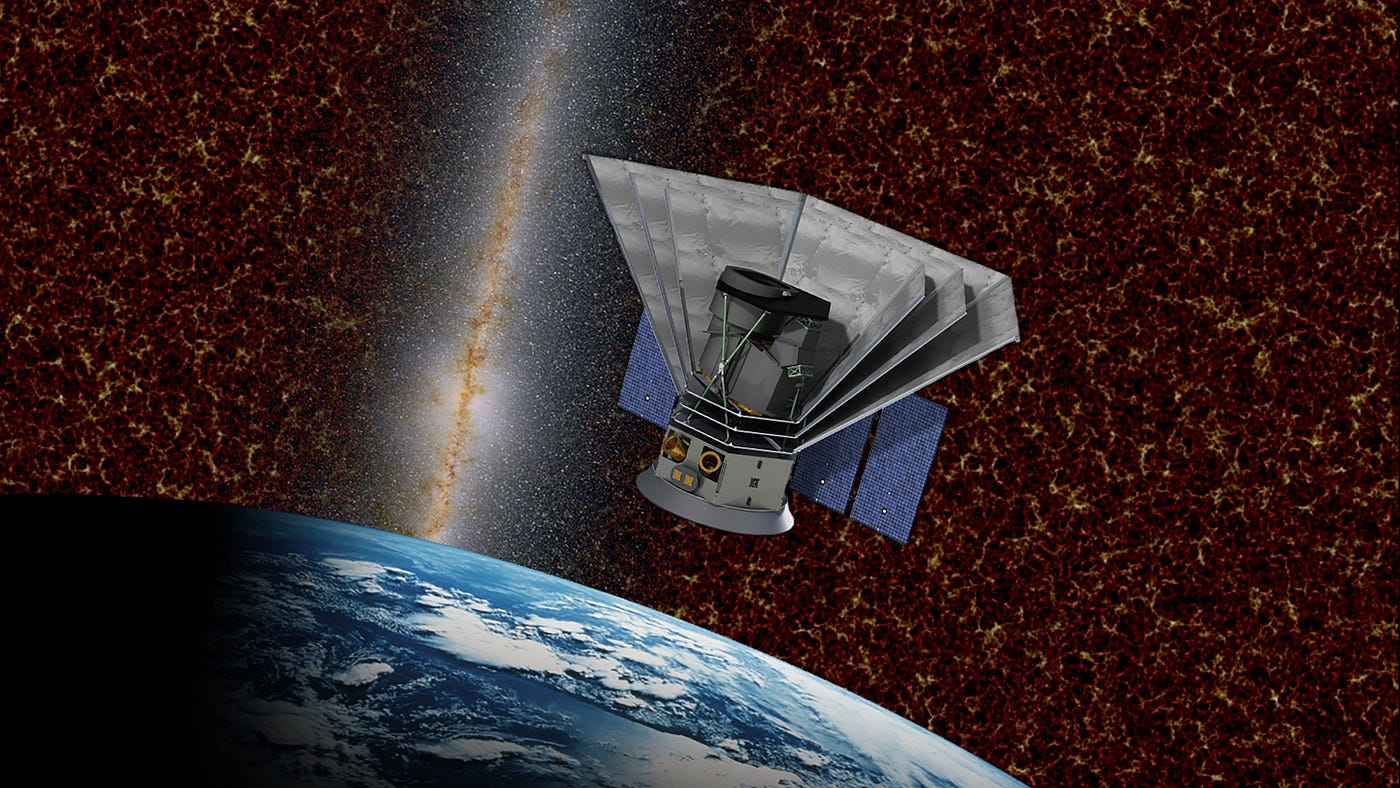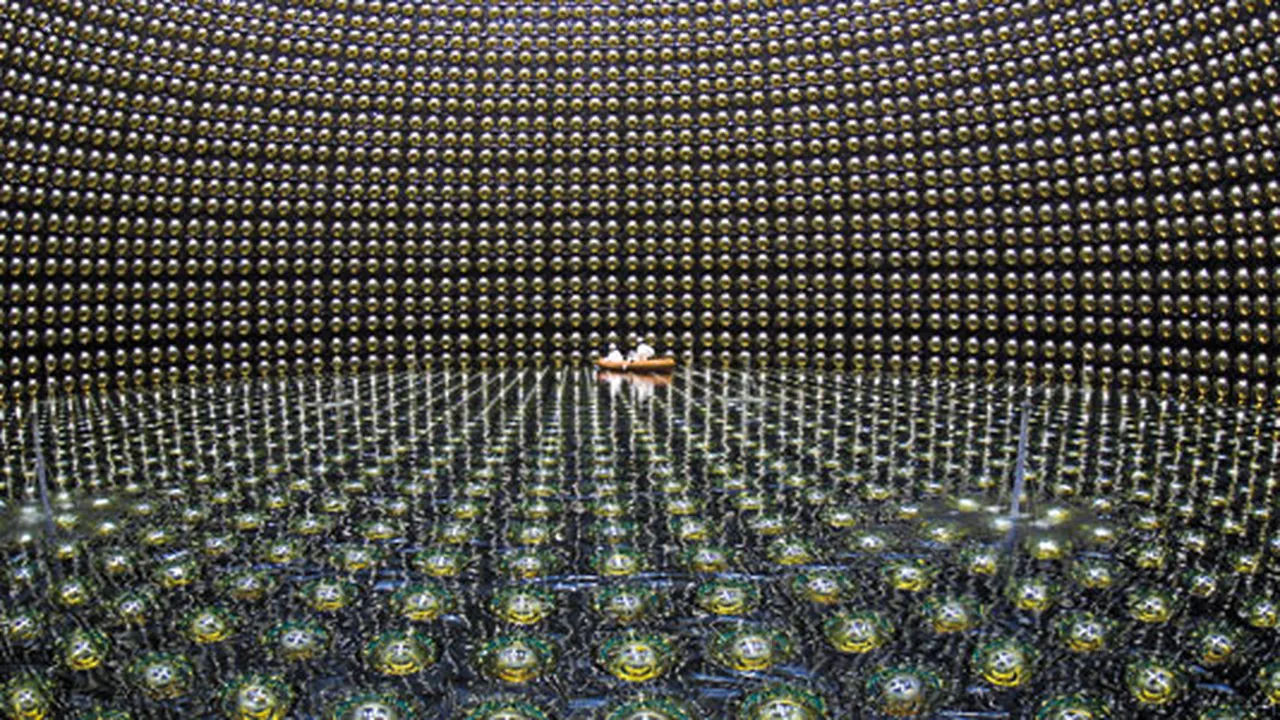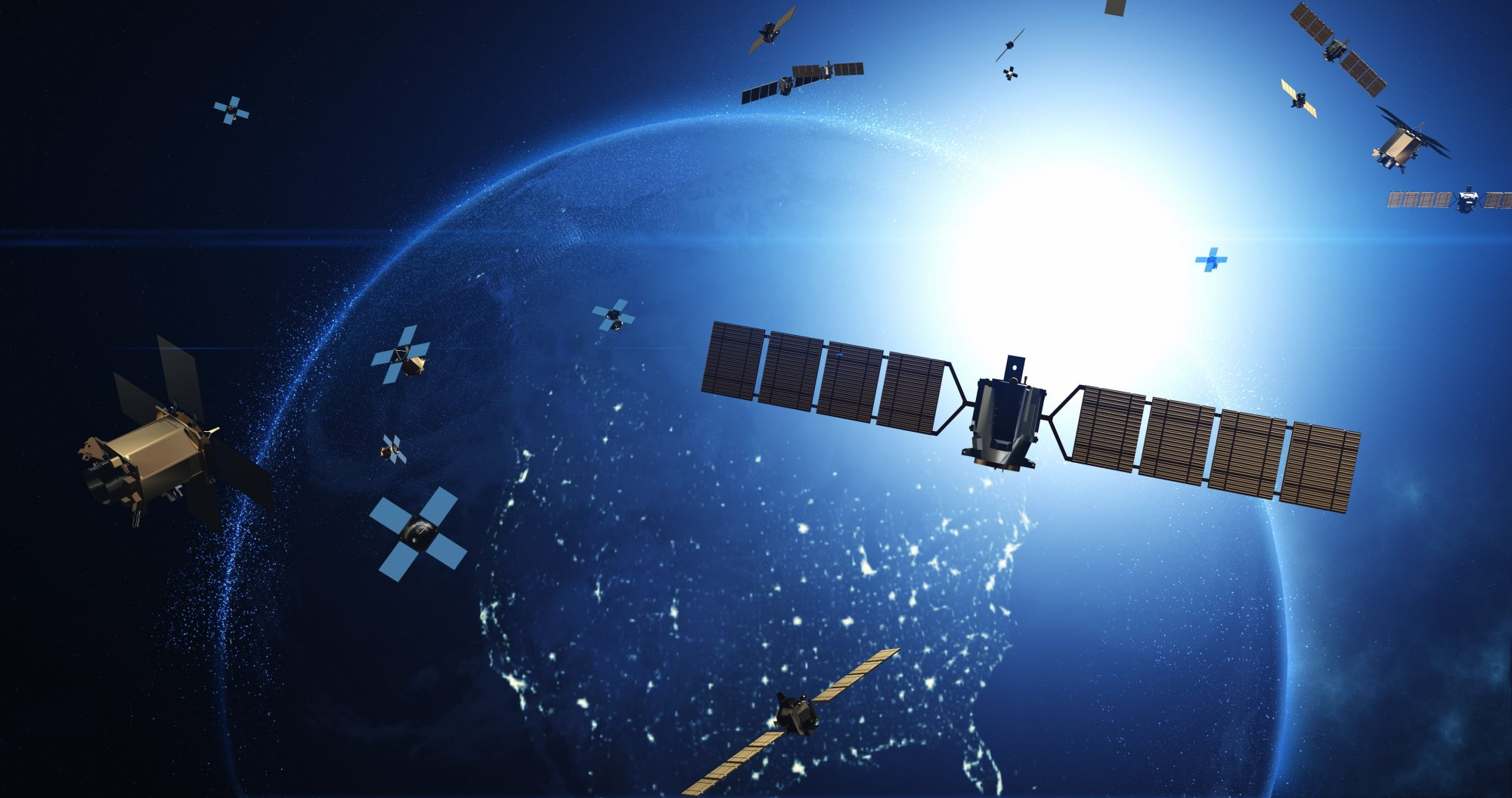Quantum entanglement is one of the most intriguing and deeply studied phenomena in physics—so much so that Albert Einstein famously called it “spooky action at a distance.” At its core, entanglement occurs when two or more particles become linked such that the state of one cannot be fully described without reference to the other, even when separated by vast distances. This principle challenges classical intuitions about locality and independence—it means that a measurement performed on one particle appears to instantaneously affect the state of its entangled counterpart, defying the traditional boundaries of space.
From a scientific perspective, the real intrigue comes in how entanglement is proven, quantified and applied. Researchers use delicate experiments with photons, electrons and even solid-state systems to measure the correlations between entangled partners and test violations of Bell’s inequalities. Mathematically, entanglement is expressed through shared quantum states: if particles A and B are entangled, their combined wave-function cannot be factored into independent parts for A and for B. These phenomena underpin quantum technologies—such as quantum computing, quantum cryptography and emerging quantum communication networks—making entanglement not just a theoretical oddity, but a foundation for next-gen tech.
For anyone exploring quantum physics or emerging technologies, entanglement offers rich lessons in experience, expertise, authoritativeness and trustworthiness (E-E-A-T). Experience comes from decades of experimental research; expertise from physicists and institutions advancing the field; authoritativeness in rigorous peer-reviewed literature; and trustworthiness through verified results and reproducible methods. By understanding entanglement beyond the hype—recognising what it is, how it’s measured, and where it leads—we move closer to appreciating how the quantum realm shapes our future.







